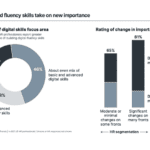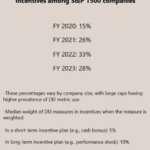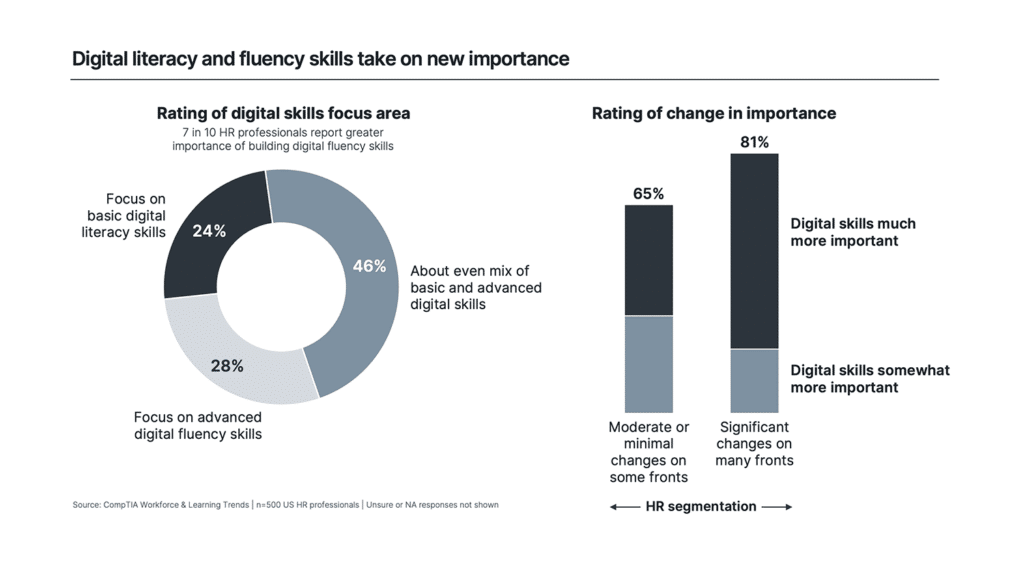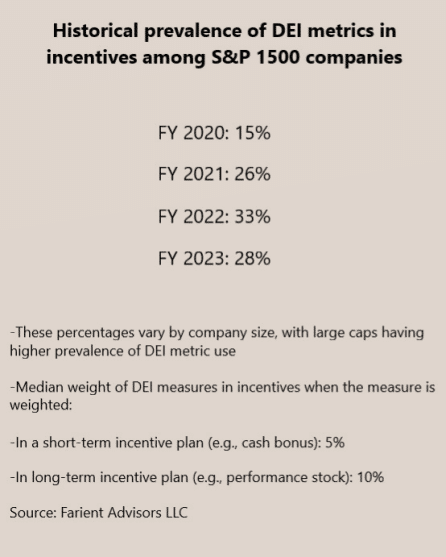
In the last ten years, technology has changed a lot: The Future of Jobs Report says that in the next five years, about half of all workers might lose their jobs because of new technology. Plus, around 40% of the skills people have now won’t be needed anymore. As technology evolves, the required skill set changes, and finding people for key positions becomes harder.
This and other challenges currently shaping the talent landscape require rethinking and adjusting talent strategies.
As highlighted by Deloitte, conventional competency frameworks tailored to role-specific approaches fall short of fostering agility. A transition from a job-based to a skills-based talent strategy can help companies be more agile in addressing team staffing. Let’s dig into why this shift is imperative and its profound benefits.
Skills Run the Show
According to Gartner, 83% of HR leaders struggle to find talent possessing the requisite skills. This shortage not only impedes business performance but also hampers long-term sustainability. Embracing skills-based talent management, where all Talent Management processes are centered primarily on skills, can become a strategic imperative for many companies.
Implementing a skills-based talent strategy offers several significant benefits. First, it helps businesses connect talent management with their overall goals. By focusing on specific skills needed to achieve these goals, companies can prepare their workforce for the future. At Innovecs, for example, we carefully match our business strategy with the skills we need, which helps us proactively build talent capabilities required for business
Second, a skills-based approach lets companies make talent-related decisions based on data. By assessing skills thoroughly, organizations can understand their talent pool better and identify skill gaps. This helps with decisions about hiring, promoting from within, planning for the future, and improving skills through upskilling and reskilling programs. For instance, during the implementation of the Cloud Upskilling Program at Innovecs, we looked at data to enrol team members based on their skills. This not only helped build the talent capability needed for business but also ensured alignment with individuals’ professional growth.
Moreover, a skills-based approach to talent management helps talents progress in their career by understanding the skills requirements for specific roles and matching them with their current skill set. This approach empowers individuals to grow within the company and contributes effectively to talent retention.
Another benefit is that skills-based talent management helps uncover skills people have but do not necessarily need in their roles. At Innovecs, we developed a broad skill taxonomy that goes beyond the skills required for existing roles. To illustrate the full potential of our talents, we also include additional skills that people may have. For example, someone may have experience in a particular business domain or with some technology.
Oftentimes, these insights are extremely useful when new business opportunities arise, as organizations may struggle to understand what skills and expertise they have on board. In the tech industry, this is essential, as engineers are constantly learning new tools and technologies. Focusing on specific skills helps companies build a flexible talent pool ready to quickly adapt to the ever-changing needs of software engineering.
Briefly: Crafting a Skills-Based Management Structure
We implement a skills-based talent strategy is a systematic process. To achieve this, we follow a structured approach that ensures every step is aligned with our business objectives. Here are the main steps for implementing the described strategy:
- Identifying the core business strategy and delineating the requisite talent capabilities.
- Developing a robust skills taxonomy and job skills requirements as the foundation for skills assessment and gap analysis.
- Analyzing skills and identifying skill gaps.
- Developing targeted strategies to address identified skill gaps, ensuring alignment with organizational objectives.
Main Challenges of Implementing
One significant hurdle is resistance to change. While traditional job roles remain relevant, the work landscape rapidly shifts toward skills-focused architectures. This transition may require embracing new approaches in hiring, promoting, and developing talents. One of the solutions to overcome resistance is implementing these changes gradually, starting with small teams. This allows for seamless adaptation and provides valuable insights to refine and scale the approach across the organization.
Another challenge is investing in technologies. Without technologies and tools, implementing skills-based approaches to talent management would be challenging. Using technologies, including AI, is crucial to streamlining employee skills identification, assessment, and development. This technological integration not only enhances efficiency but also provides actionable insights for better decision-making in hiring, training, and career development processes.
Last but not least is the lack of skill transparency at the organizational level. Without clear transparency and centralization, both employees and managers may struggle to understand and adapt to the new expectations. A skills taxonomy can address this issue by identifying essential skills for current and future business success. It is important to mention that skills taxonomy is a living framework that should be maintained and adjusted once new skills appear or become outdated. By establishing a clear framework, organizations can improve visibility and ensure alignment between talent capabilities and organizational objectives.
One last thing: talent management has become more sophisticated and complex. That’s where skills-based strategies come into play! By shifting the focus from job roles to skills, organizations can unlock a wealth of opportunities for building talent capabilities, operational excellence, and sustained growth.




